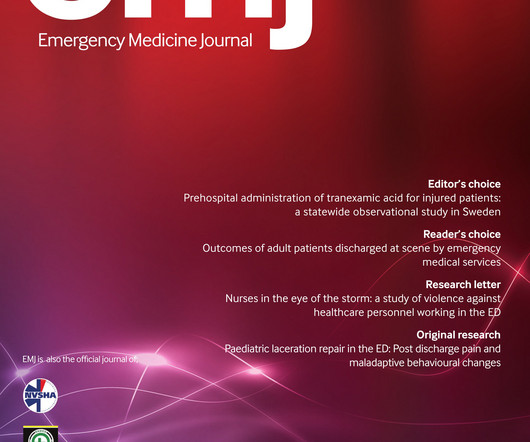Medical Malpractice Insights: Radiology over-reads – Who’s responsible?
EMDocs
SEPTEMBER 26, 2024
Chuck Pilcher, MD, FACEP Editor, Medical Malpractice Insights Editor, Med Mal Insights Radiology over-reads – Who’s responsible? Patient not informed of enlarged heart, dies 3 weeks post ED visit Miscommunicated radiology findings are a hot topic. If you have a story to share click here. Baccei SJ et al. Tyler W et al.



















































Let's personalize your content